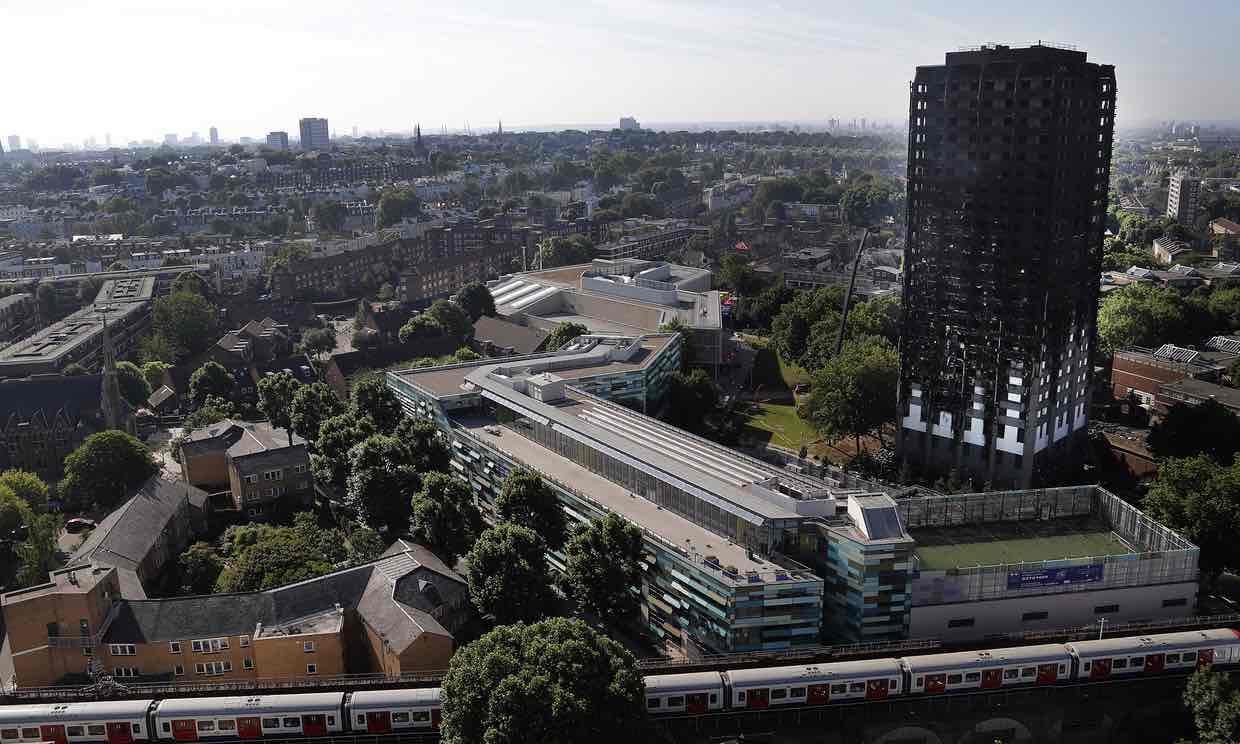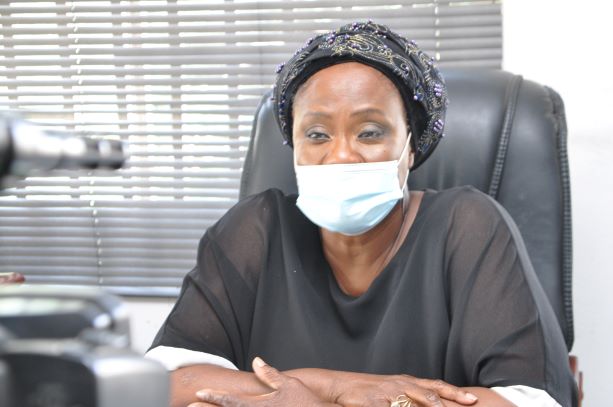Councils have been ripping down cladding from tower blocks as testing after the Grenfell Tower blaze raised concerns over the safety of the buildings.
Two buildings in Portsmouth and one in north London were having cladding removed as a precautionary measure, it emerged on Friday.
The emergency measures were taken as thousands of tower block residents around the UK were warned that their homes are clad with the same flammable aluminium panels believed to have fuelled the fire in North Kensington.
The UK’s largest hotel group, Premier Inn, is also reviewing the safety of its buildings amid fears that cladding used on some properties does not meet safety regulations.
In Portsmouth, after independent testing, cladding on Horatia House and Leamington House in Somerstown is being removed.
Councillor Luke Stubbs, deputy leader of Portsmouth city council, said: “As a precaution we submitted some cladding for testing and the results that came back said the cladding on Horatia House and Leamington House was a fire risk.
As an extra precaution council staff will be present in the two buildings 24 hours a day, for as long as necessary.
Islington council has confirmed that cladding is to be removed from Braithwaite House after tests revealed the presence of aluminium composite material (ACM).
Diarmaid Ward, Islington council’s executive member for housing and development, said: “We’re arranging to have the cladding, which is only on the sides of the building, removed as soon as we possibly can by a specialist contractor.
“We’re also stepping up safety measures in the block immediately, with fire safety patrols taking place day and night from today until the panels are removed.”
Premier Inn, which has more than 700 hotels, said three of its properties – in Maidenhead, Brentford and Tottenham – had been specifically investigated during a “detailed assessment” of its estate.
A spokeswoman said the material was not the same as that used to clad Grenfell Tower, where police have confirmed that 79 people died or are presumed to have died in the devastating fire, but the company had called in an expert to review the safety of its buildings.
She said: “Although we have concerns that the fire-retardant cladding used may not adhere to recognised government guidance on compliance with the building regulations for use in high-rise buildings, an independent fire expert has assured us that these hotels are safe and that they are entirely satisfied that there are robust fire safety measures and evacuation procedures in place to protect our guests and team members.”
Downing Street said it had identified 11 tower blocks across eight local authority areas with similar ACM cladding to that used at the North Kensington tower.
Inquiries by the Guardian suggested at least 25 towers – including 13 in London, nine in Salford and three in Plymouth – had cladding of the aluminium composite type, and 12 of these were believed by local authorities to have a combustible polyethylene core. Cladding at the other 13 high rises was still being tested.
About 600 towers across the UK have been clad, and some of these are likely to have flammable systems, the Department for Communities and Local Government has estimated.
Councils have been asked to conduct safety checks, sending building materials to the Building Research Establishment to be tested.
Three blocks with aluminium cladding panels have been identified in Newham, in east London, three in Barnet, north London, and one in Havering, east London.
A Lambeth council spokesman said none of its high-rise or medium-rise buildings used the same cladding system as that used at Grenfell Tower, but that it was testing samples from all 31 of its housing blocks that were over six storeys and partially or fully clad.
All cladding work carried out in the past five years used Rockwool cladding, which the spokesman said was “fundamentally different”.
In Hounslow, the council said Clements Court was the only high-rise to have used cladding made from ACM. The cladding uses non-flammable Rockwool insulation, but a sample had been sent to the Building Research Establishment for testing.
London fire brigade has said that since the fire on 14 June it has been “flooded” with questions from the public about whether it is safe to live in a tower block.
Fire crews are to visit premises identified as having cladding made of ACM to check the safety of the building.
(TheGuardian UK)







